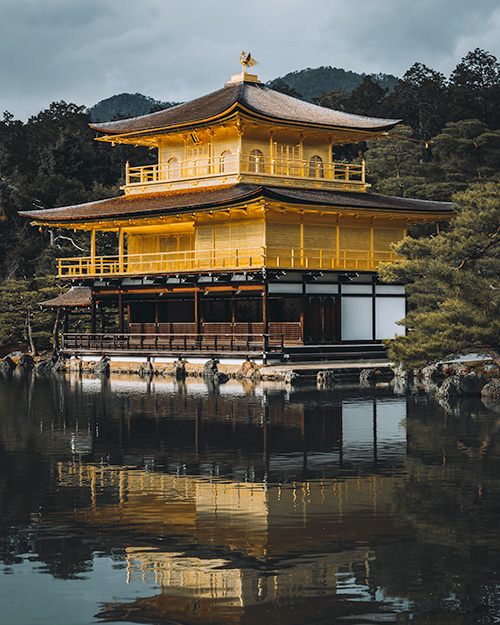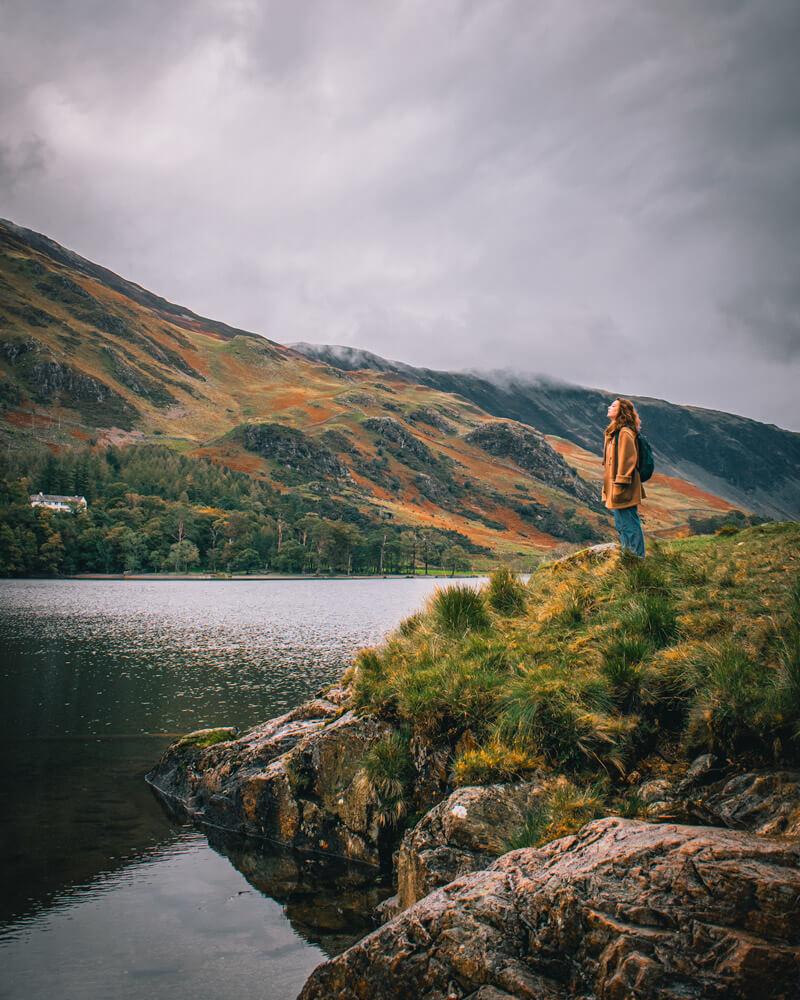One Week in The Japanese Alps Itinerary – Complete Guide
Thinking of exploring the “Roof of Japan”? In this article, we will share the perfect one-week Japanese Alps itinerary which includes the best activities and places to see in the region. From snow monkeys, samurai, geishas, onsens and more – there is something for every type of traveller in our Japanese Alps itinerary. Sounds good, right?!
When you think of travelling around Japan, many will think of Tokyo, Kyoto and Osaka. Well, we are here to advocate adding the Japanese Alps to your Japan bucket list. The Japanese Alps are an excellent way to insert some nature and escapism into your itinerary.
Depending on the time of year you can enjoy all the great outdoors has to offer from hikes to skiing, from bathing in hot springs to bathing in forests. The Japanese Alps region is where history, culture and nature harmonise, offering something for everybody to enjoy.
We strongly feel a week in the Japanese Alps is an essential addition to your Japan itinerary. Continue reading to see what we recommend!
Disclaimer: This post contains affiliate links for products and services that we genuinely recommend. These help us earn a small commission at no additional cost to you.
Contents
- Best time to visit the Japanese Alps
- How to get to the Japanese Alps
- Where to Stay in the Japanese Alps
- Japanese Alps Itinerary Map
- Japanese Alps Detailed Itinerary
- Conclusion
Essential Travel Tools
✈️ Flights: Skyscanner
🚆Transport: 12GoAsia
🏨 Accommodation: Booking.com
📸 Tours: Viator/Klook
🚗 Car hire: Discover Cars
Best time to visit the Japanese Alps
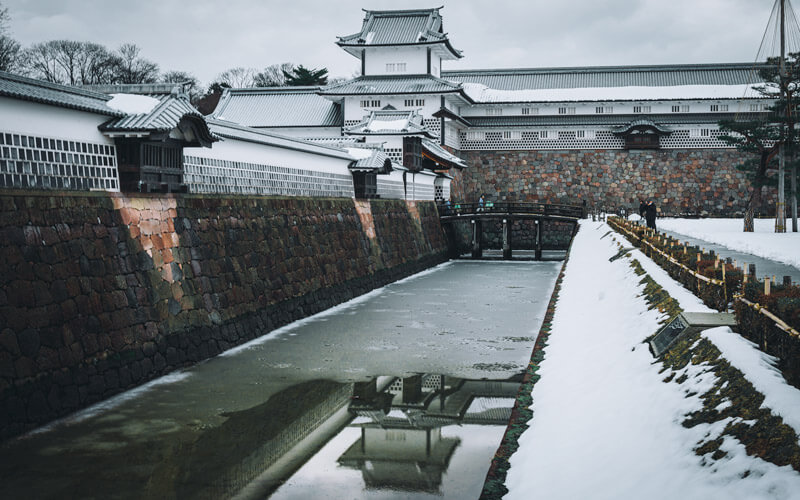
The Japanese Alps are a year-round destination. In spring, bask in the pink glow of the cherry blossom. During summer, immerse yourself in the lush greenery. In autumn, water the trees erupt into reds and oranges. It truly is perfect all year, however, we believe the region lends itself best to winter.
We recently visited the Japanese Alps during the winter and have never experienced such a magical setting. The snow was up to our knees at one point, the evergreens were bowing under the weight of the snow; just incredible.
How to get to the Japanese Alps
If you are travelling through Japan, we strongly recommend picking up a JR Pass as a cost-effective way to travel and to save time faffing with tickets.
From Tokyo to Nagano: The fastest and easiest way to get there is via the bullet train, specifically the Hokuriku Shinkansen line which connects Tokyo and Kanawaza. This journey takes 80 minutes from Tokyo Station and costs around JPY9000 (£57.50).
If you are on a budget, the highway buses in Japan are a fantastic money saver. We found going to the bus station in person the easiest way of booking bus tickets. The bus from Tokyo to Nagano should cost around JPY3000 (£19.18) and take approximately 4 hours.
From Kyoto or Osaka to Nagano: catch the Hikari train via the JR Tokaido Shinkansen Line to Nagoya. From Nagoya transfer to the JR Shinano limited express train to Nagano. The entire trip should take about four hours and cost around JPY11000 (£70).
From Nagano to Shibu Onsen: get the local train to Yudanaka Station followed by a local bus to Shibu Onsen. From the train station, you could easily walk the 10 minutes to Shibu Onsen if you didn’t want to catch the bus.
Where to Stay in the Japanese Alps
Here is a summary of our favourite hotels we encountered during our own Japanese Alps itinerary
🏨 Japanese Alps Hotels
Shibu Onsen: Shibu Onsen Koishiya Ryokan
Takayama: Spa Hotel Alpina Hida Takayama
Kanazawa: KOKO Hotel Premier
…find more accommodation options here.
Japanese Alps Itinerary Map
Save this map for later: Click on the star icon to save the map to your Google Maps Account. You can view the map later by opening Google Maps and navigating to “Your Places/Maps” in the menu.
Japanese Alps Itinerary
Day 1 – Travel to Shibu Onsen
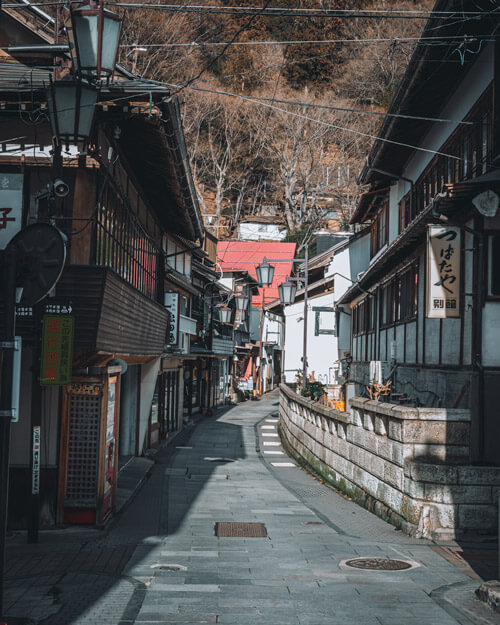
Bathe in an Onsen
Shibu Onsen is not far from the city of Nagano, home of the 1998 winter Olympics. This quaint town is the ideal start to your Japanese Alps itinerary as it allows you to experience the Japanese culture of onsens. If you don’t know, onsens are hot springs found in Japan. Typically they are located inside inns, resorts or, in this case, public bathhouses.
Tip: read up on onsen culture before visiting.
Stay at a Ryokan
We recommend staying at Shibu Onsen Koishiya Ryokan to experience a traditional stay in a Japanese-style room. Once you’ve checked in, relax after the long day travelling. Make sure you treat yourself to a traditional meal at a Ryokan and enjoy dish after dish of deliciousness.
Day 2 – Skiing or Hiking (season dependent)
Hit The Slopes
If you are travelling during the winter, the Japanese Alps have some incredible skiing opportunities.
Head to the nearby Ryuoo Ski Park or Shiga Kogen Ski Resort to hit the slopes. Shiga Kogen is Japan’s largest and highest ski resort. It also benefits from having Japan’s longest ski season with the full opening from mid-December to mid-April.
Don’t miss your chance to experience Japan’s legendary powder that was featured in the Winter Olympics.
Enjoy a Hike
In the summer months, Ryuoo Ski Park and Shiga Kogen also make for great hiking destinations.
Hike the Shiga Kogen Mountain Trail, a UNESCO Biodiversity Reserve, with a variety of landscapes, flora and fauna. Japan’s most active volcano, Mt Asama, also resides in this area so don’t miss your chance to see it (from a safe distance).
If you are seeking a more therapeutic walk, we recommend Shiga Kogen’s Forest Therapy Road. This is a certified forest therapy route that takes an hour and a half to complete at a leisurely pace. Allow your senses to succumb to the trickling streams, bird song, and sunlight breaking through the canopy.
Relax
After your active day, make the most of the Shibu Onsen’s nine bathhouses to soak those tired legs. Join in with the locals and tourists dressed in robes and wooden flip-flops shuffling between each bathhouse to find your favourite.
Day 3 – Snow Monkey Park and Matsumoto Castle
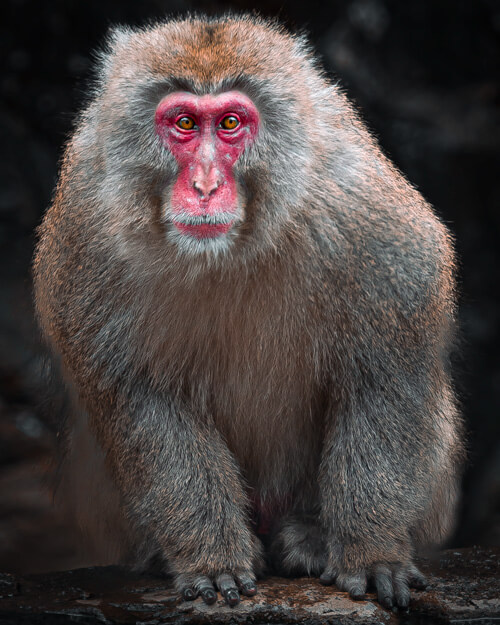
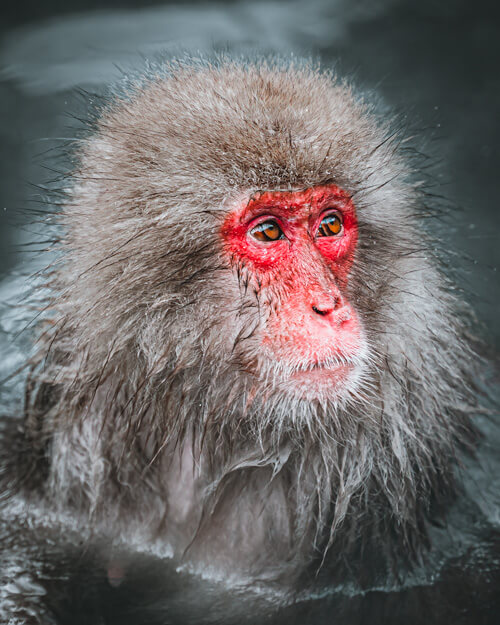
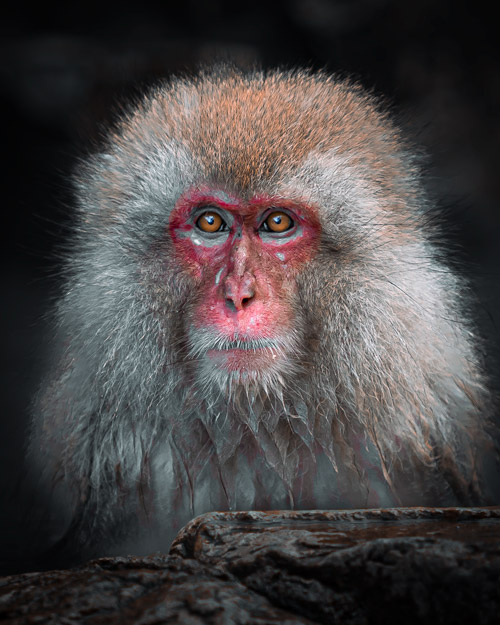
Jigokudani Snow Monkey Park
For your final day in this area, we suggest a trip to Jigokudani Snow Monkey Park.
As you have stayed nearby, you should be able to reach the park as it opens and enjoy it during its quieter hours. Experience the famous phenomenon of the Japanese macaques bathing in a hot spring and observe the dynamics between this furry family.
For a more detailed guide on how to visit the park, check out our Snow Monkey post.
Onwards Travel (Including Pit Stop in Matsumoto)
Afterwards, check out of your hotel and begin your day travelling to Takayama. As there are no direct transport links from Nagano to Takayama, we recommend breaking up the journey with a stop in Matsumoto.
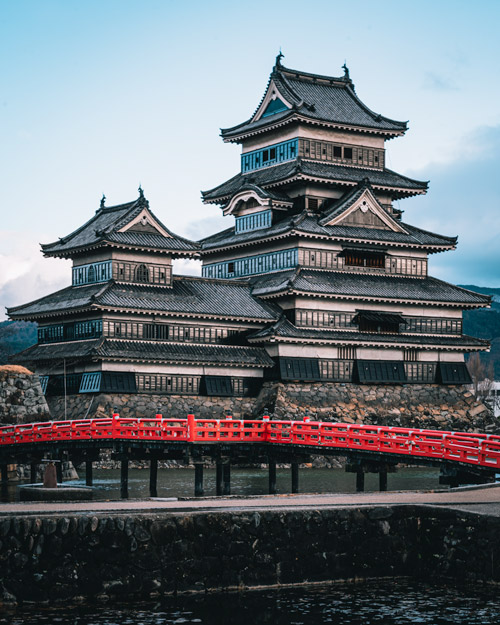
Matsumoto Castle
Matsumoto is home to the extremely well-preserved Matsumoto Castle. This is one of the most complete, original castles in Japan. The interior of the castle is truly impressive with steep wooden staircases, corridors wide enough for armoured samurais to run through them, and an observation deck offering panoramic views of the city and mountains.
In spring, Matsumoto Castle nestles dreamily between a sea of pink as the cherry blossom blooms.
Arrive in Takayama
Continuing onwards, take a bus from Matsumoto to Takayama.
After that long day, check into your hotel and chill for the evening. We stayed at Spa Hotel Alpina Hida Takayama which benefitted from rooftop open-air hot spring baths – lush.
Day 4 – Explore Takayama
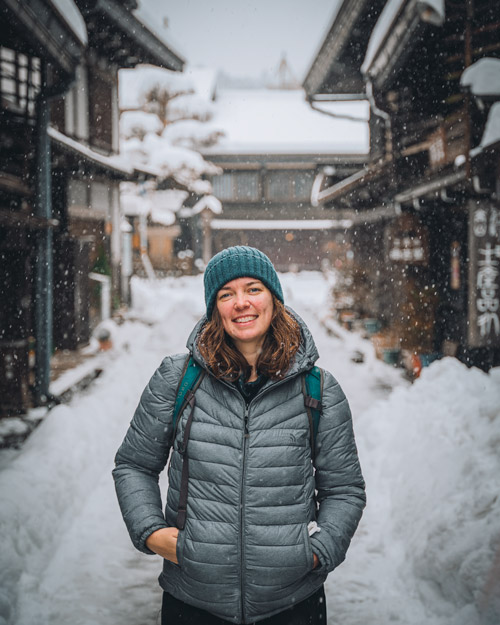
Takayama’s Morning Markets
Start your day at one of the morning markets. Miyagawa Market on the Miyagawa River sells both food and crafts whereas Jinga-Mae Market sells more local produce. Vendors will excitedly show you their stalls and may even allow you to sample a jam or two.
Takayama Old Town
Take the time to explore the Old Town made up of buildings from the Edo period. This is one of the best things to do in the city and is absolutely free. These beautiful wooden buildings provide the perfect photo opportunity so keep your camera to hand.
Shirayama Park
Next head uphill to Shirayama Park for a view of the city. Takayama is the ideal place to just stroll around and appreciate your surroundings.
Try Hida Beef
It is also essential that you try Hida beef whilst you are here. It will come in a variety of forms: a steamed bun, nigiri, ramen or barbecued. Our favourite was barbequing different cuts. Honestly, it lives up to the hype. It is so tender and flavoursome, definitely some of the best beef we have tasted.
Day 5 – Day trip to Shirakawa-Go
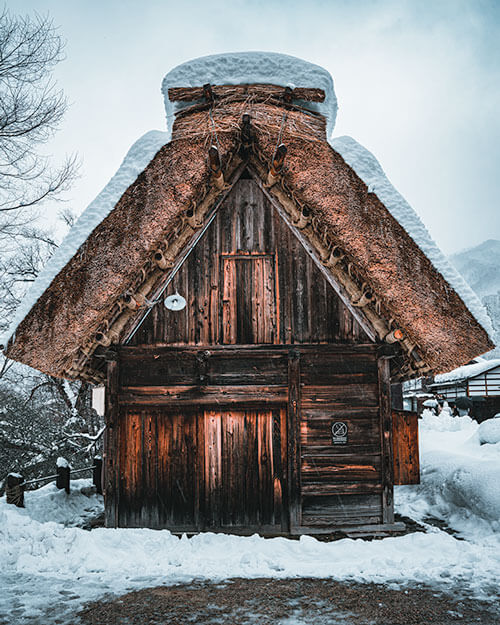
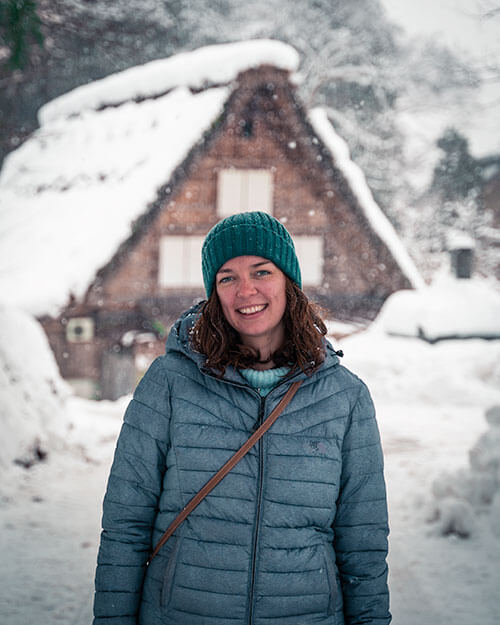
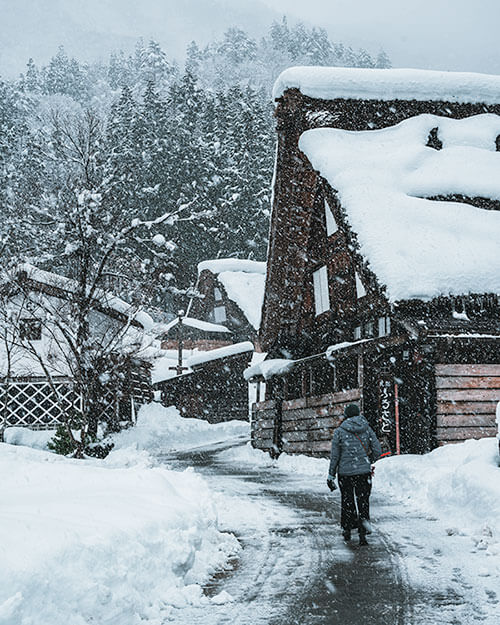
Shirakawa-Go
You’re in for a magical day today!
Check out of your hotel and board the Nohi bus to Shirakawa-Go. This adorable little village is a year-round delight. Thick with snow in the winter, blooming pink in spring and fiery red in autumn, Shirakawa-Go is the picture-perfect postcard.
The traditional gassho-zukuri farmhouses resemble “hands in prayer” with their angled thatched roofs. Some of the farmhouses are over 250 years old which is remarkable considering their “no nail” construction. The best thing to do here is to wander between the houses and marvel at the architecture and incredible landscape.
For the ultimate guide to Shirakawa-Go, read this post.
Onwards Travel to Kanazawa
After strolling through dreamland, continue on with your travels by catching the bus to Kanazawa. We loved our stay at KOKO Hotel Premier near Kanazawa’s Samauri District.
Day 6 – Sip tea in Kanazawa
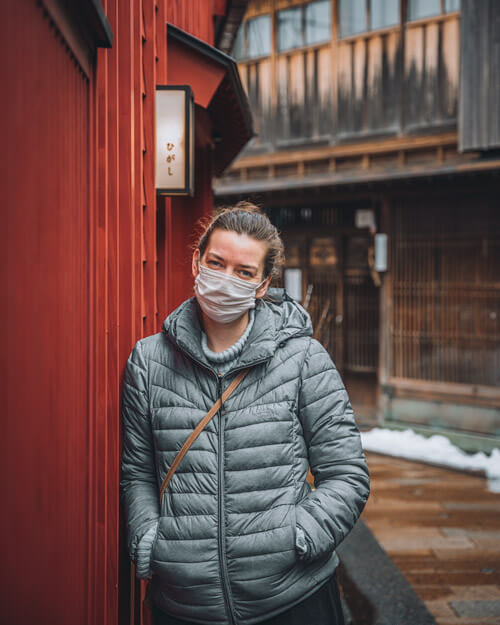

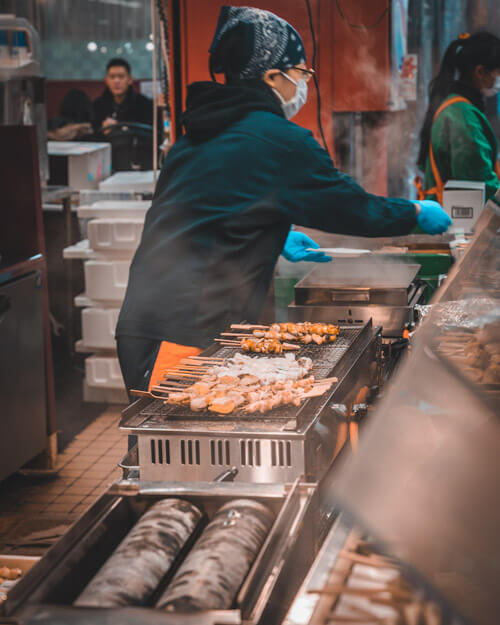
The final stop on our Japanese Alps itinerary is Kanazawa, known for being home to Samurais.
Kanazawa captures the same charm as Kyoto but without the heavy crowds. There is so much to experience here from history and culture to the more modern and contemporary. It even has three tea districts to choose from!
Read our Kanazawa guide for the complete list of things to do.
Stroll Through The Tea District
Start your day exploring one of the tea districts, we recommend Higashi-Chaya as this is the largest and best preserved. Be charmed by the atmosphere as it transforms you to times gone by as you sip green tea or indulge in a gold leaf ice cream.
Explore Gardens and Castles
Next, soak up some greenery by strolling through the city’s parks. The Kanazawa Castle Park and Kenroku-en Gardens offer peaceful environments to reflect amongst beautifully curated gardens.
Step Back in History in the Samurai District
Finally, wander the streets of the Samurai District. Some of the houses have been transformed into museums such as Nomura-Ki, an old Samurai house. An absolute must in this area is stopping at Street Vendor for a Kanazawa-style hot dog. Not only are they delicious, they are also budget-friendly.
Day 7 – Continue onwards
On Day 7, we depart the Japanese Alps (sad times).
Kanazawa will send you off in style with one of the coolest train stations in Japan. The glass dome (Motenashi Dome) and wooden gate (Tsuzumimon Gate) perfectly blend the traditional and contemporary; much like the city itself.
Catch the Thunderbird Express towards Kyoto or Osaka, or the bullet train to Tokyo to continue your Japan adventure.
Conclusion
This incredible region offers dramatic scenery, captivating architecture and curious wildlife behaviour. From exhilarating outdoor pursuits to zen moments of self-care, the Japanese Alps offer something for everyone.
We absolutely loved our time travelling through the Japanese Alps region and we hope that you do too.
Note: This itinerary could also be done in reverse
If you found this post useful, BOOKMARK it for later and SHARE it with your friends or…
Are you on Pinterest? PIN IT!
Thank you for reading our Japanese Alps itinerary. If you have any recommendations, why not add them to our comments box below? 🙂
Travelling Japan? Check out our other guides for some inspiration:


